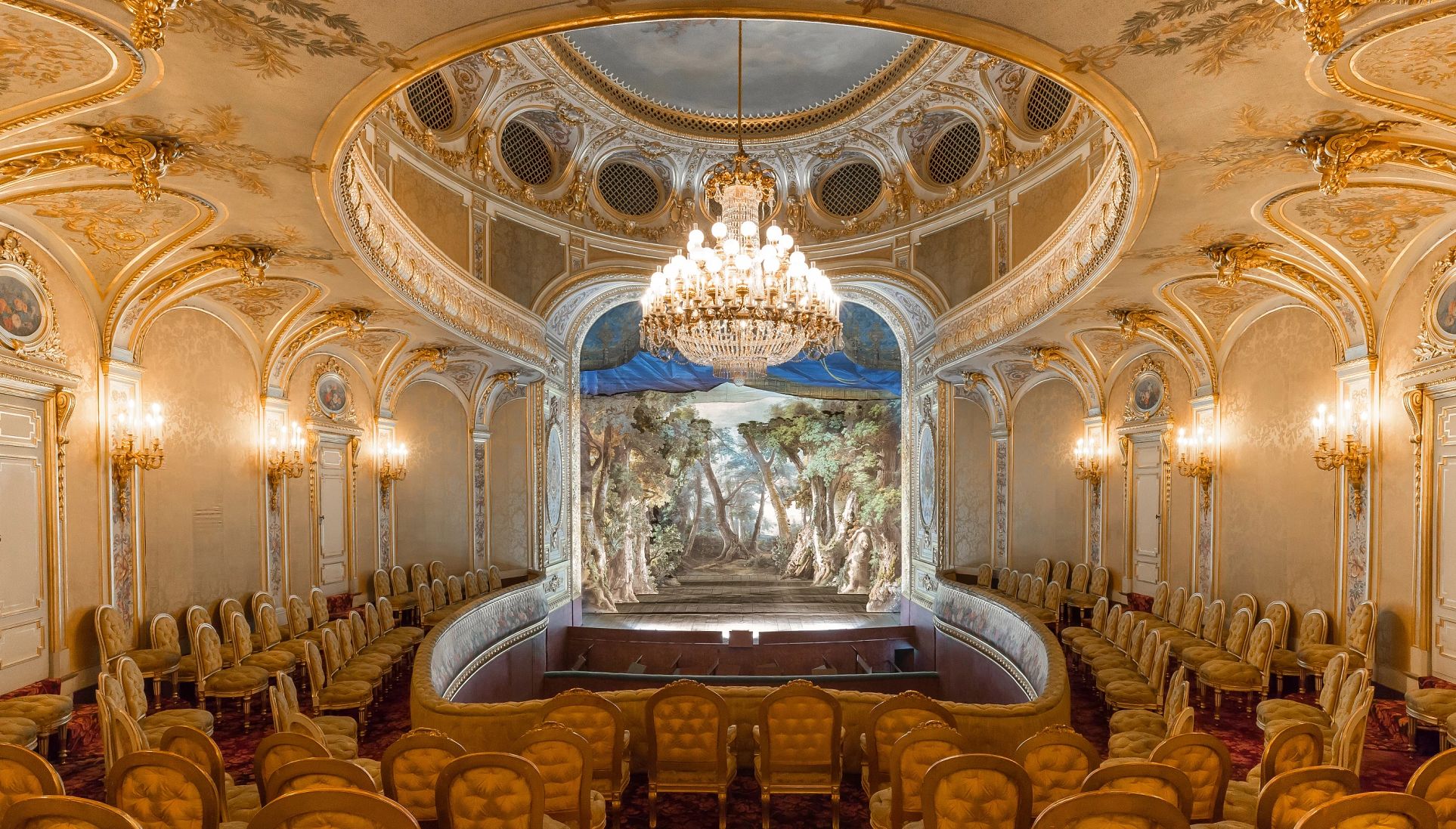AARP Hearing Center
Paris, one of the world’s most popular tourist destinations, is more bustling than ever as it gears up to host the Olympics this summer. Those wanting a short break from the urban frenzy can follow in the steps of Napoleon Bonaparte — the subject of the recent Ridley Scott movie Napoleon — who sought relaxation in a trio of nearby forested castles, now national museums.
Rising from general to become first consul in 1799, then proclaiming himself emperor of the French in 1804, Napoleon unwound at the châteaus in Malmaison, Compiègne and Fontainebleau, where historical moments unfolded for him. Still brimming with his furniture, portraits and possessions, these destinations offer 21st-century visitors a glimpse into Napoleon’s bygone 19th-century world.
To set the mood, we highlight the châteaus’ significance to Napoleon.

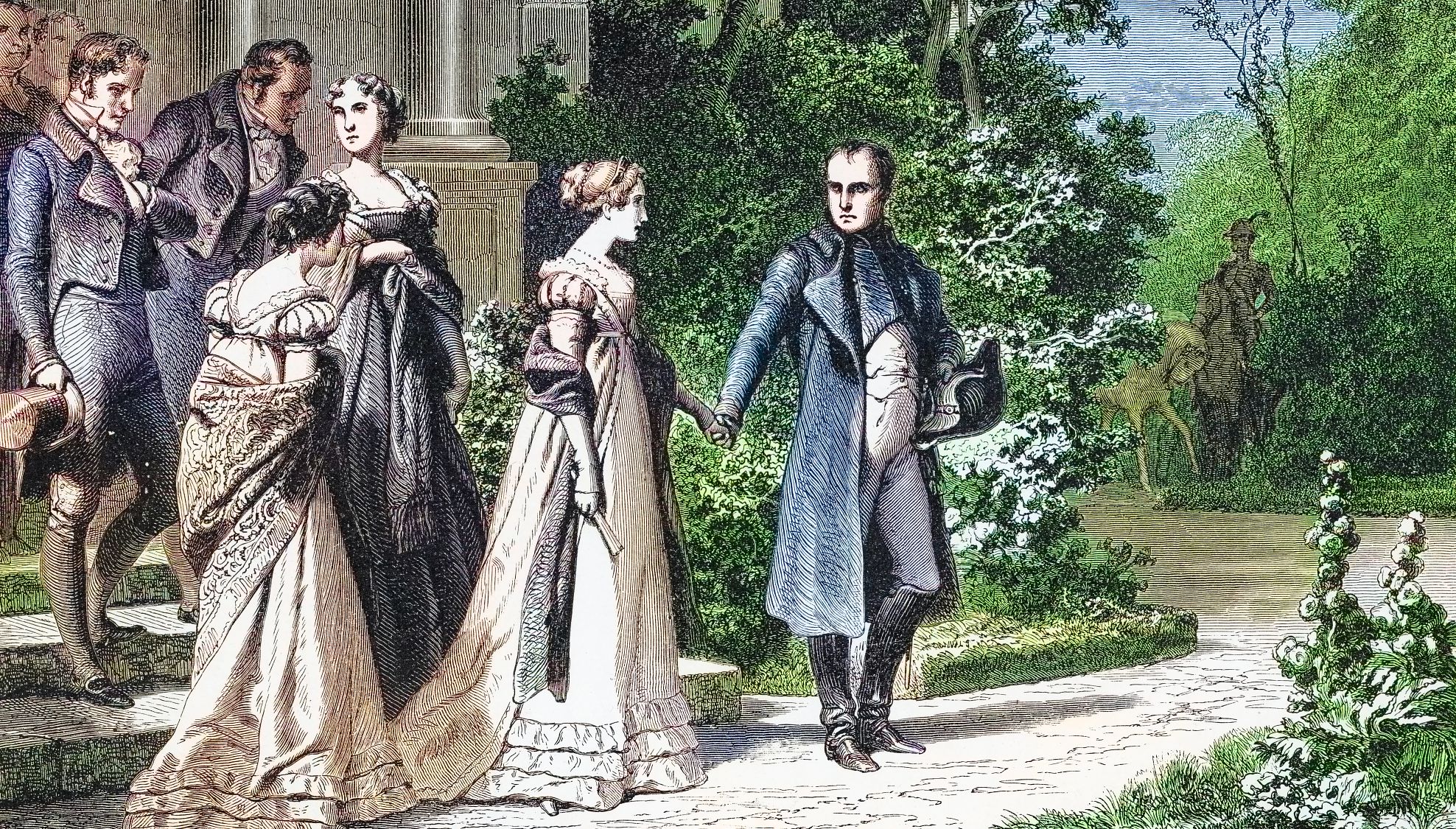
Château de Malmaison, Rueil-Malmaison, France
During his first years in power, Napoleon spent most weekends at this fetching country estate 10 miles from the center of Paris strolling amid nature of a most curious sort. Gazelles, kangaroos, ostriches, wildebeests, monkeys and llamas — all part of his wife Joséphine’s vast menagerie — roamed the wooded grounds that held greenhouses of tropical flowers and hothouses where oranges and pineapples grew, says Aurélie Caron, the château’s librarian.

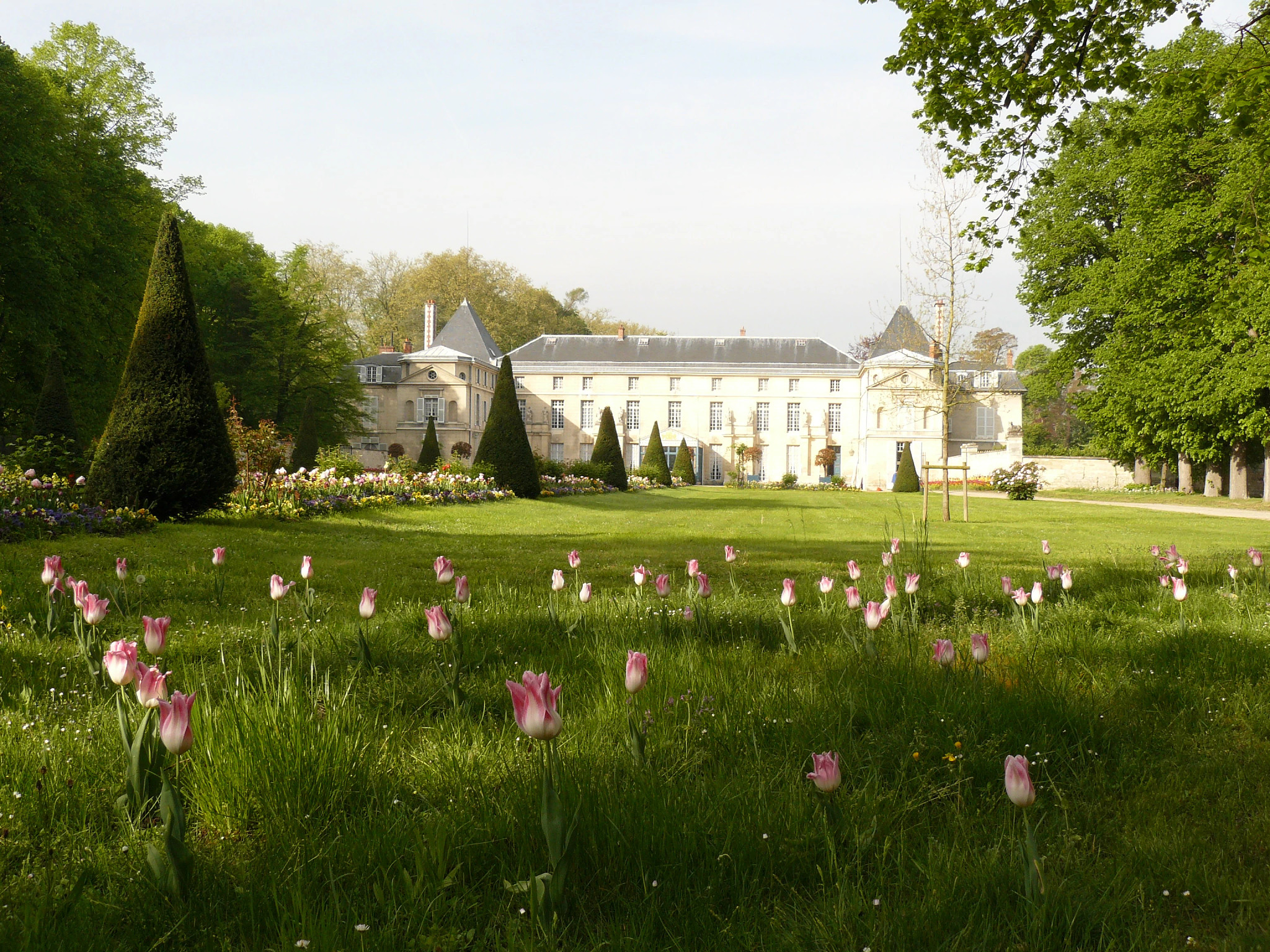%2520GrandPalaisRmn%2520(muse%25CC%2581e%2520des%2520cha%25CC%2582teaux%2520de%2520Malmaison%2520et%2520de%2520Bois-Pre%25CC%2581au)%2520(10).jpg?crop=true&anchor=19,204&q=80&color=ffffffff&u=2xkwh0&w=2014&h=1147)
“Nowhere, except on the field of battle, did I ever see Bonaparte more happy than in the gardens of Malmaison,” wrote his private secretary, Louis-Antoine Fauvelet de Bourrienne, in his memoirs. However, Napoleon didn’t visit as often after December 1809, when he annulled his childless marriage with Joséphine, giving her the estate.
Shortly after Napoleon abdicated in 1814, his nemesis Tsar Alexander I strolled with Joséphine in the gardens where she fell ill, dying days later.
Escaping from exile on Elba in February 1815, Napoleon returned to rule France for nearly an additional 100 days, abdicating on June 22 after his defeat at Waterloo. He then rode to Malmaison, bidding adieu to his mother and lingering in the home that had brought such joy. “It took him a while to leave because he kept hoping that things would turn out differently,” Caron says.































































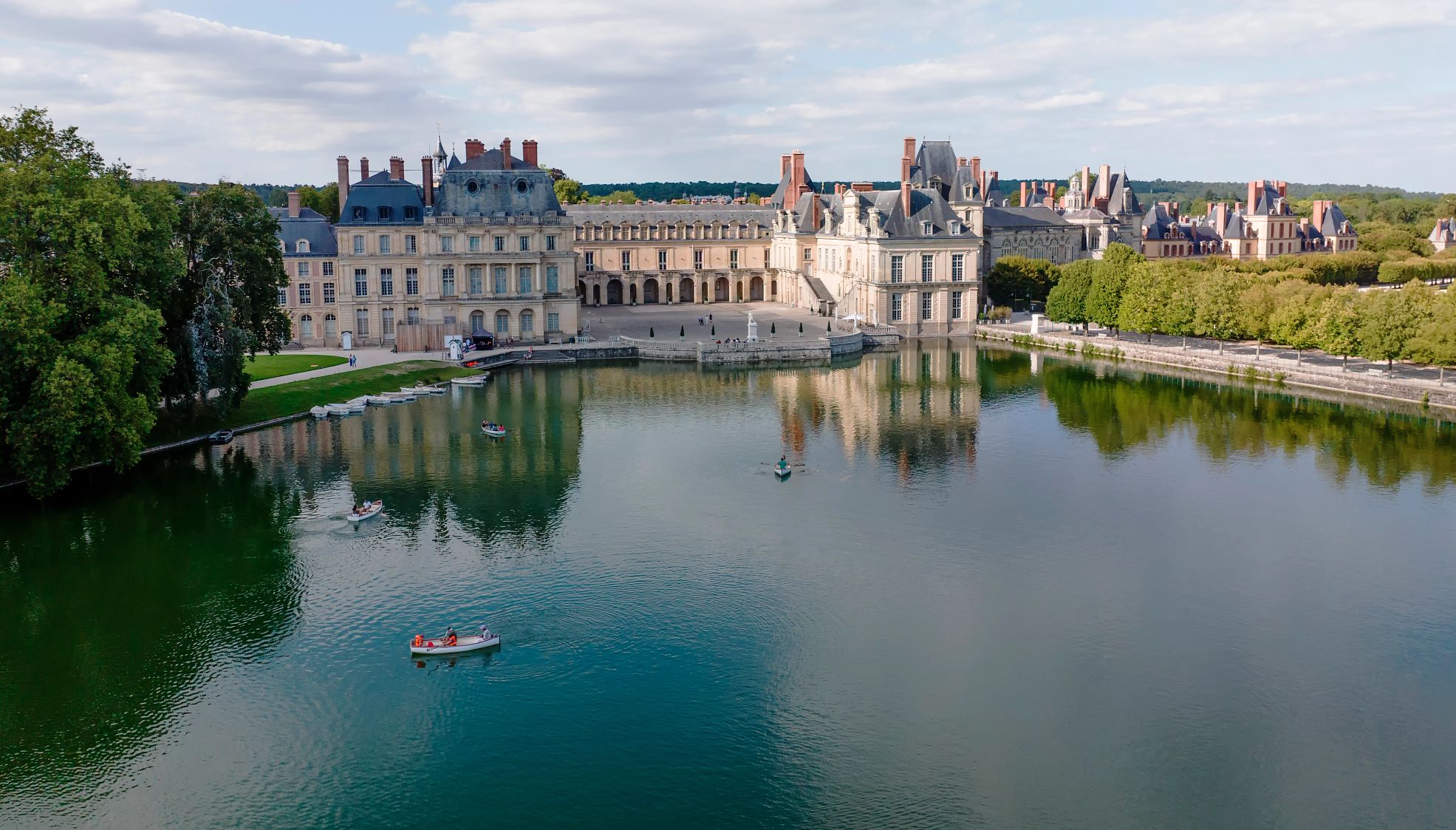
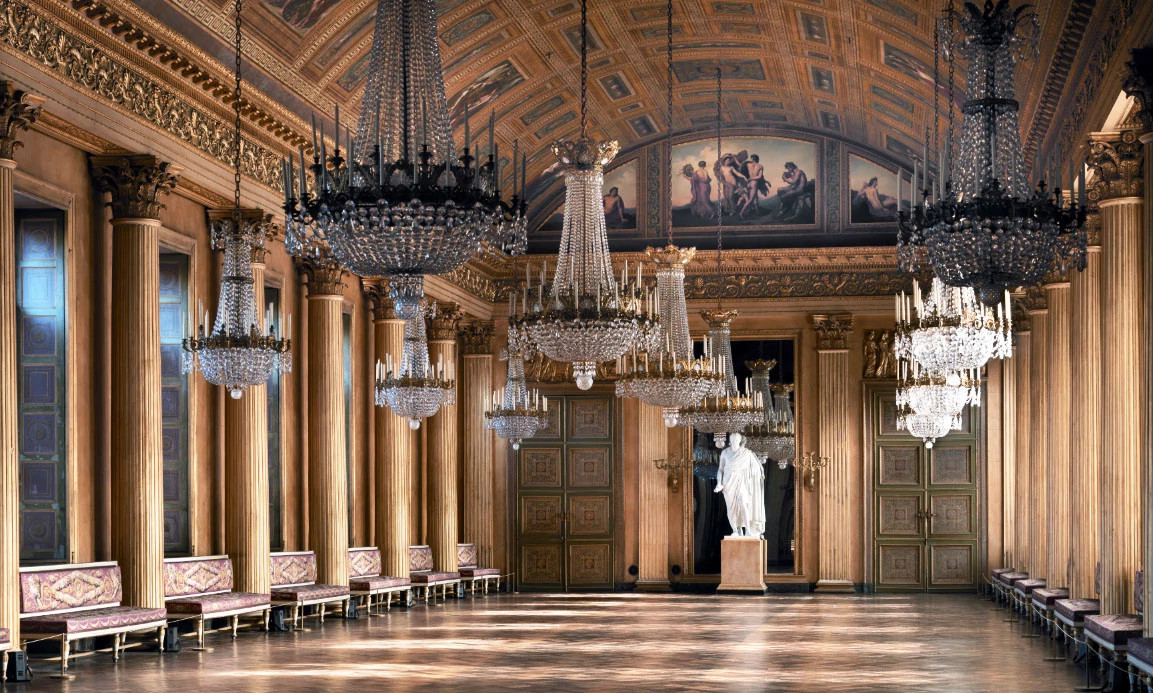%2520Cha%25CC%2582teau%2520de%2520Compie%25CC%2580gne%2520-%2520Hugo%2520Maertens.jpg?crop=true&anchor=19,16&q=80&color=ffffffff&u=2xkwh0&w=1112&h=633)
